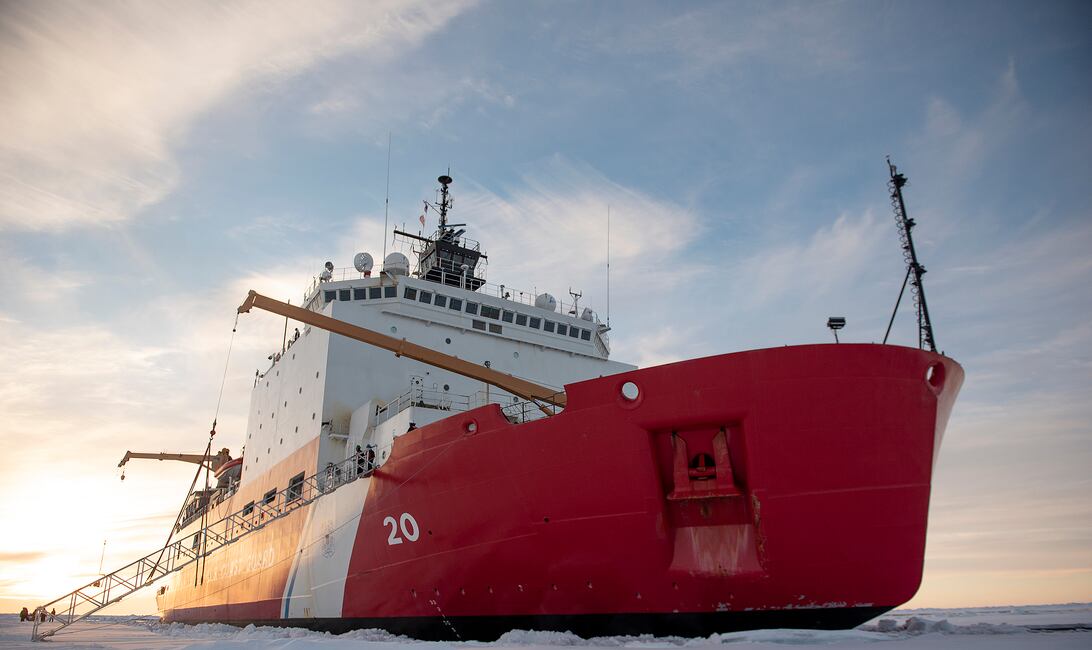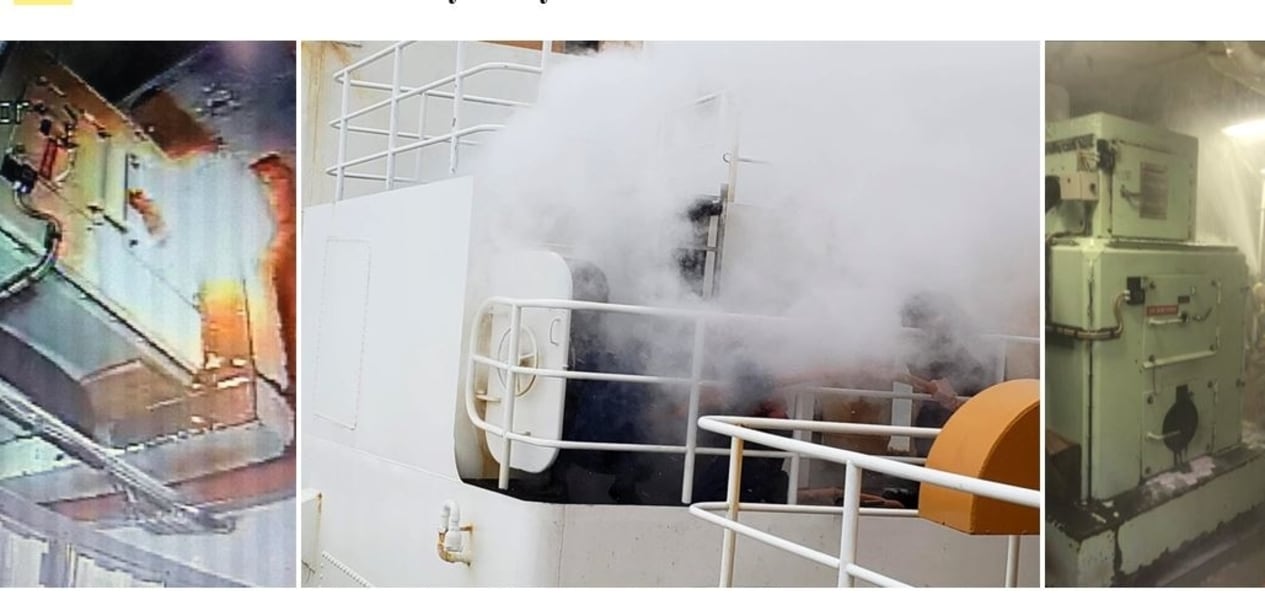The Navy and Coast Guard have awarded a Mississippi shipbuilder a contract that could be worth as much as $1.9 billion to build a new fleet of icebreakers.
Naval Sea Systems Command is the lead contracting authority and the deal was issued through an Integrated Program Office joining both seagoing services.
The initial fixed price incentive (firm) contract with VT Halter Marine Inc. of Pascagoula, Mississippi, is valued at $745.9 million, enough to fund non-recurring engineering and detail design of the Coast Guard’s lead Polar Security Cutter, buy long lead-time materials and construct the first icebreaker, according to a prepared statement from NAVSEA emailed to Navy Times.
Options to build two additional Polar Security Cutters could bring the total contract to $1.9 billion, officials said.
The Polar Security Cutters are designed to conduct search and rescue, maritime law enforcement, environmental response and national defense patrols missions in areas often covered in heavy ice.
“Against the backdrop of great power competition, the Polar Security Cutter is key to our nation’s presence in the polar regions,” said Adm. Karl L. Schultz, Commandant of the Coast Guard, in the statement.
“With the strong support of both the Trump Administration and the United States Congress, this contract award marks an important step towards building the nation’s full complement of six polar icebreakers to meet the unique mission demands that have emerged from increased commerce, tourism, research, and international activities in the Arctic and Antarctic.”
RELATED

Construction on the first icebreaker is slated to begin 2021 with delivery three years later, but there are financial incentives in the contract for early delivery, according to the Pentagon.
Although the bulk of the construction will occur the Pascagoula shipyard, additional work is slated for Metairie and New Orleans, Louisiana; San Diego; Mossville, Illinois; Mobile, Alabama; Boca Raton, Florida and several other locations.
“This contract award reflects the great benefit achieved by integrating the incredible talents of U.S. Coast Guard and Navy acquisition and shipbuilding professionals to deliver best value at speed,” said James Geurts, Assistant Secretary of the Navy for Research, Development and Acquisition.
"Working with our industry partners, the team identified approximately $300 million in cost avoidances and accelerated the schedule for delivery of this capability to the nation by almost three years. This reflects the urgency in which we are operating to ensure we deliver capabilities necessary to support the U.S. Coast Guard and the nation’s missions in the polar regions.”
In February, Congress passed a spending building that included $655 million for designing and building an icebreaker for Coast Guard, plus another $760 million for the other new Polar Security Cutters and $20 in materials.
The bill also earmarked $53 million to construct cutter support facilities in Alaska.
RELATED

Navy Times first reported that the crew of the Polar Star, the Coast Guard’s remaining heavy icebreaker, battled a nighttime Feb. 10 blaze for almost two hours before it was extinguished about 650 miles north of McMurdo Sound, Antarctica.
It was the most recent snafu in a long line of maintenance woes for the service’s aging fleet of breakers.
On its journey to Antarctica, Polar Star’s crew fixed one of the electrical systems that began to smoke, damaging a switchboard and two of the ship’s evaporators that make drinking water failed.
A leak also sprang from the shaft that drives one of the ship’s screws. The Navy loaned a hyperbaric chamber so that the Coast Guard’s scuba divers could fix a seal around the shaft, officials told Navy Times.
Commissioned in 1976, the Polar Star is 13 years past its intended service life.
A slightly younger sister, Polar Sea, got knocked out of service in 2010, when pistons in five of the six main diesel engines welded to their sleeves.
It’s being cannibalized for parts to keep the other heavy breaker operating.
Commissioned in 1999 but unable to crunch through thick Antarctic ice, the Coast Guard’s medium breaker Healy is reserved for patrols near the North Pole.




